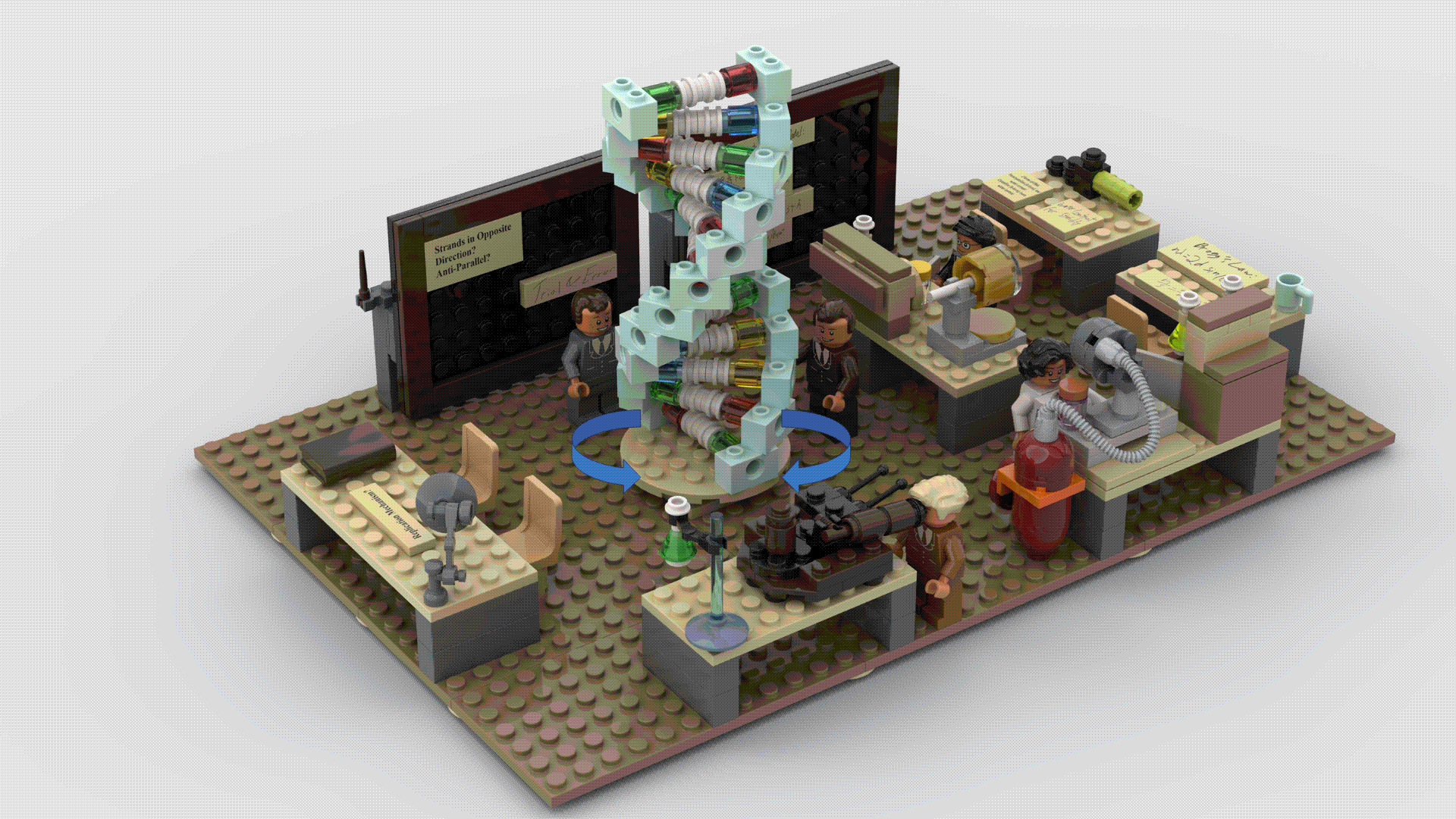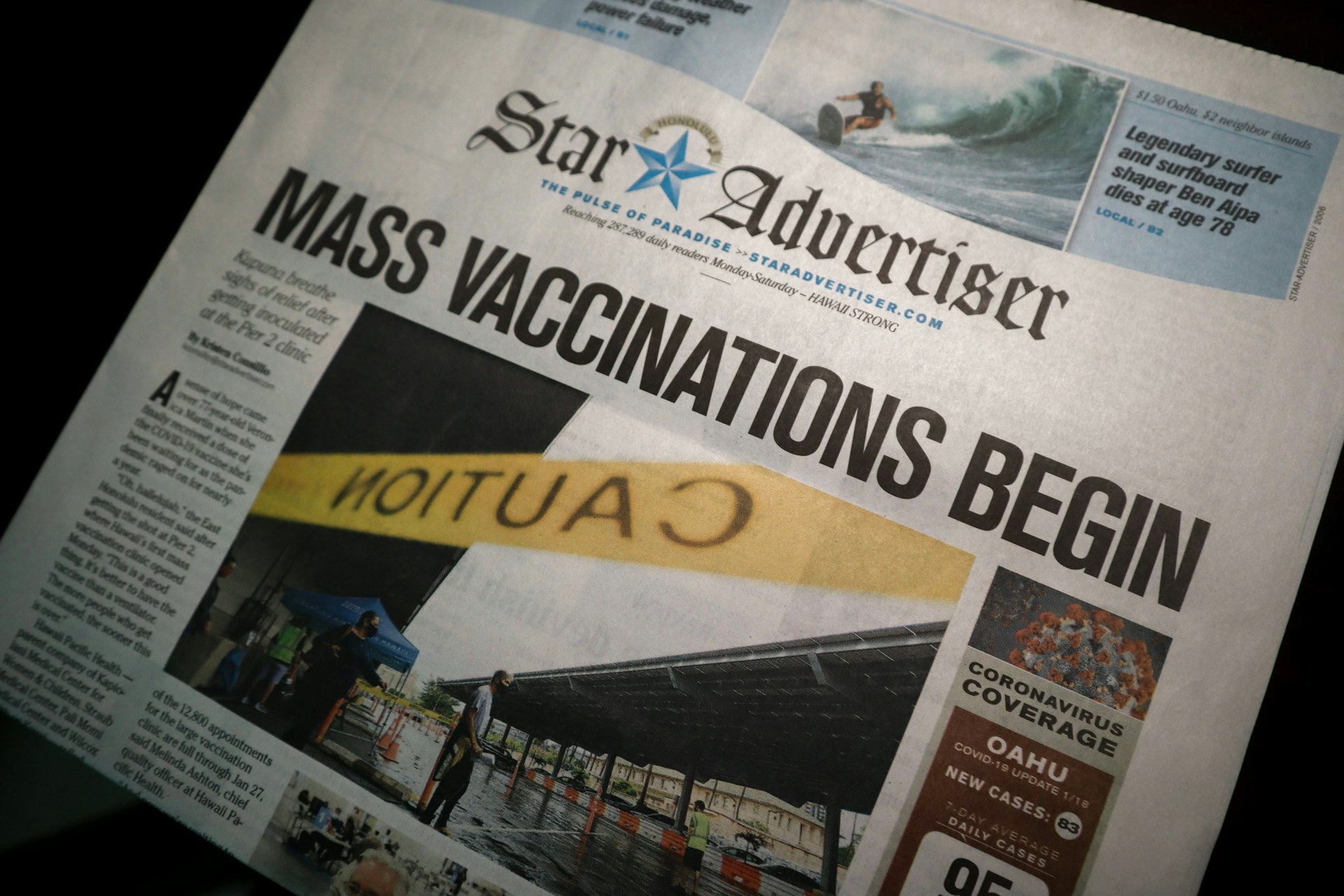2020, the year the world faced an unknown virus that precipitated a global crisis. The COVID-19 pandemic resulted in a flurry of lockdowns, disease prevention methods, scientific research, and changes to international relations that shook the globe. Even after the vaccine came to everyone’s relief, health and disease prevention discussions continued. As the life sciences community grappled with protecting the world from future pandemics, the need to foster awareness in treatment and prevention emerged. However, translating scientific knowledge into understandable formats remains a major hurdle in the push to prevent future pandemics. Thankfully, we have scientific writers and journalists who help decode the knowledge of science for society’s benefit.
That’s why it is our great pleasure to hear from one of the prominent personalities in scientific journalism: Kate Kelland. As CEPI’s chief scientific writer and former global health correspondent at Reuters, Kate is well-positioned to provide insights into the frontlines of scientific research sharing with the world. In this interview, she will discuss the importance of science communication, the pandemic’s effects on scientific endeavours, the role of CEPI in research and development, and her latest book Disease X: The 100 Days Mission to End Pandemics. If you are seeking ways to prepare the world for the future, read on until the end to understand the importance of preparing for future pandemics. If you’re planning to attend this year’s World AMR Congress in Philadelphia, Kate will also give a talk about her book. Make sure to catch the presentation and meet with her at the summit.
The Interview
DD: Thank you for joining me today, Kate. Now, Let’s hear about your current role at CEPI (Coalition for Epidemic Preparedness Innovations). Which diseases does CEPI focus on, and how does the organisation support research and development in these areas?
KK: I’m the Chief Scientific Writer at the Coalition for Epidemic Preparedness Innovations, or CEPI (pronounced ‘SEPPY’). CEPI is a science-focussed global health security organisation that works with partners to develop vaccines that can be deployed against emerging epidemic and pandemic disease threats to benefit anyone in need.
CEPI has eight so-called ‘priority diseases’ for which it invests in vaccine and countermeasure R&D. These include Chikungunya, COVID-19, Ebola, Lassa, MERS, Nipah and Rift Valley Fever, which were selected because of their potential to cause epidemics or pandemics. The Coalition is also focussed on future ‘Disease X’ threats – in other words, one or more novel viruses with epidemic or pandemic potential. All of CEPI’s investments are aimed at furthering progress in the development of countermeasures against these viral threats and enabling access to them.
DD: With so many diseases, it can be difficult to keep track of all the latest news. From your experiences as a chief scientific writer, what is the best way to stay in touch with the latest trends and developments in disease and drug development?
KK: I try to talk to as many of CEPI’s scientific experts as I can, as often as I can, to keep up to speed with what disease detectives and pandemic watchers are most worried about and where they are focussing their energies. I also try to do a lot of reading about global health issues in general.
DD: Let’s pivot to your role as a former Global Health Correspondent at Reuters. As a general and political news correspondent, how did you leverage the connections and experience you gained into your new role?
KK: It was a great honour to work at Reuters. Although it was very demanding work, I loved almost every minute of it. I was privileged to interview and listen to so many clever, thoughtful people and learn new things every day of my working life as a Reuters journalist. Amid the many interviews I conducted, I learned an important mantra that I adopted in my daily life: Never say or write anything that you do not KNOW to be true. It’s a great way of ensuring your reporting and writing are as factual and accurate as possible.
DD: What inspired you to report and write on science? Please highlight the challenges you have faced as you transitioned into the role of Chief Scientific Writer.
KK: I enjoyed being a political correspondent and had many unique experiences as a Lobby correspondent during Prime Minister Tony Blair’s second term, but I always had my eye on the Health and Science Correspondent’s job. There are so many great stories to be told about the science of health, and it’s something that touches the lives of everyone in the world in some way. I was worried when I started that I wouldn’t have enough scientific knowledge, but then I realised that my job was to ask scientists to explain their work in a way that would allow me to translate it and its impact into an engaging narrative for a broader readership.
DD: A big part of your scientific writing efforts came with the publication of your book, Disease X: The 100 Days Mission to End Pandemics. Please share your underlying motivation for your book. Also, how did it shape people’s understanding of the pandemic?
KK: I wrote Disease X: The 100 Days Mission to End Pandemics because I was so struck by the work that CEPI and its partners embarked on so early in the COVID pandemic. In particular, I was impressed with how rapidly this coalition moved to begin funding the development of vaccines against the novel Coronavirus. From my tenure at CEPI, I firmly believe that if more organisations, institutions, governments and individuals had responded with similar speed, agility and expertise to the emergence of the novel Coronavirus in early 2020, the world could have been in a very different place. With my book, I describe how the 100 Days Mission is a realistic ambition for the world to do just that – to move quickly, fairly and effectively against the next Disease X pandemic threat.
DD: Part of your inspiration for the book stems from the COVID-19 pandemic. How has COVID-19 impacted scientific research and health policies globally?
KK: As devastating as it was, COVID-19 also showed what is possible. It catalysed some astonishing advances in scientific research and health policies. It fostered unprecedented global collaboration, data sharing and accelerated vaccine development. But it also highlighted gaps in many national health systems and exposed terrible inequities in access to health care and protective measures including vaccines, treatments and tests. In doing that, the COVID pandemic underscored the need for robust, equitable health systems and proactive pandemic preparedness. It also served as a stark reminder that health security is a global problem that needs global solutions.
DD: On that note, how can countries prepare for future pandemics, and how can scientific research in disease and drug development effectively translate into defences against unknown deadly diseases?
KK: Preparation for pandemics begins with recognising the real threat that infectious diseases pose to global health security and committing to investing in defences that can protect people equitably. Countries and regions must invest in public health infrastructure, surveillance, research and development and manufacturing capabilities and – importantly – they must understand the vital need to collaborate and share knowledge and expertise across borders.
Cooperation is not just a nice thing to do; it’s a no-brainer when it comes to preparing the world to defend itself against infectious disease outbreaks better. A viral threat to any one country or population is a threat to all of us.
Working together and learning from other countries and organisations accelerates and deepens scientific understanding of new diseases and the development of countermeasures. Translating that research into deliverable and deployable defence measures like vaccines requires political will and sustained investment.
DD: The ongoing climate change crisis is also known to have global health implications, especially with pandemics. How can climate change affect the severity of a pandemic outbreak? What are some of the ways countries can be prepared for it?
KK: There’s little doubt among scientists that climate and environmental change are major drivers of epidemic and pandemic risk. In an ever warmer, wetter and more densely populated world, there are ever more frequent opportunities for animals and people to come into closer contact – increasing the risk of ‘spillover’ of viruses from one species to another.
One way of combating and preparing for the heightened risk of both pandemics and climate change is, again, through taking a collaborative and committed approach to investing in scientific research. The ‘One Health’ approach, for example, recognises that people’s health is tightly connected to the health of wild and domestic animals. Investment is also needed in expanding robust global surveillance systems in animals and people and creating climate-resilient health systems that can handle more extensive and varying disease outbreaks.
DD: Now that you’re attending the World AMR Congress, I imagine you understand their importance in fighting future pandemics. From the perspective of a scientific writer, how do platforms such as The World AMR Congress increase awareness about diseases on a global scale?
KK: Congresses and summits that bring together experts across all fields in global health security serve as vital platforms for sharing technical know-how, analysis and solutions for problems that threaten everyone worldwide. They help to keep health threats at the top of national and international agendas when political leaders’ attention could be diverted onto other issues.
DD: Please give us a preview of your talk at The World AMR Congress. What are you most excited to share at the event?
KK: I’m looking forward to talking about how the world can prepare for the 100 Days Mission and how it is an achievable ambition.
Even though Disease X’s first chapter is called “PREPARE to Be Scared,” I intended the book to become a story of hope. Its unique perspective, from both outside and inside some of the biggest pandemic prevention minds, deepens understanding of why future emerging viral diseases don’t have to be the way they were with COVID-19.
In the book’s final chapter, set in 2027, I describe a world that has listened and learned from the disease, death and devastation brought about by the COVID pandemic. And when a previously unknown virus with deadly pandemic potential emerges in that newly savvy 2027 world, we would have the tools to turn a scary virus into something that’s ultimately containable. It’s a fictional happy ending, but it doesn’t have to remain as science fiction. It’s something we can make a reality – if we work together and do something about it now.
Authors
-

Divya is a dedicated research analyst passionate about uncovering actionable insights that drive innovation in the life science industry. She brings PhD-level expertise as a researcher, technical writer, and project manager to write for GenoWrite. Her core competencies include data analysis, market research, and strategic recommendations. She is proficient in using advanced analytical tools and methodologies to uncover trends and insights that drive decision-making and innovation.
View all posts -

Paul Naphtali is a seasoned online marketing consultant. He brings to the table three years of online marketing and copywriting experience within the life sciences industry. His MSc and PhD experience also provides him with the acumen to understand complex literature and translate it to any audience. This way, he can fulfill his passion for sharing the beauty of biomedical research and inspiring action from his readers.
View all posts




